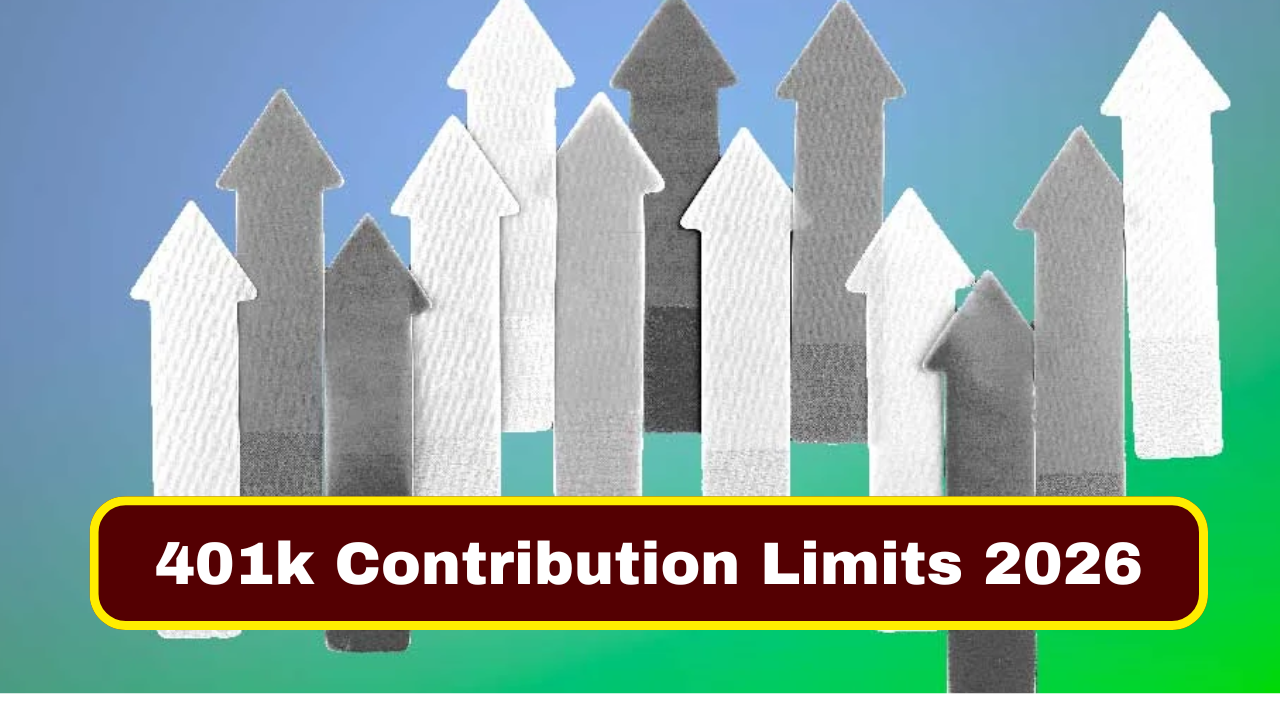Retirement planning in the United States revolves heavily around the 401k plan, a tax-advantaged savings vehicle that allows employees to set aside a portion of their income. Every year, the Internal Revenue Service (IRS) reviews and updates the maximum contribution limits to ensure they match inflation and evolving economic conditions.
For 2026, many employees and employers are eager to know how the contribution rules will impact their savings strategies. The new 401k contribution limits 2026 are expected to offer higher deferral caps, new catch-up provisions, and opportunities for maximizing retirement benefits. Understanding these updates will help workers prepare better for their financial future.
401k Contribution Limits 2026
The IRS adjusts 401k contribution limits annually. For 2026, experts anticipate that the maximum elective deferral and catch-up contributions will increase compared to prior years. These adjustments aim to keep retirement savings in line with inflation and cost-of-living changes. Employees can take advantage of these new limits to boost their retirement accounts effectively.
7 Key Highlights of 401k Contribution Limits 2026
1 Elective Deferral Limit Maximum amount employees can contribute before taxes
2 Catch-Up Contribution Extra amount allowed for individuals over 50
3 Employer Match Additional funds contributed by employers
4 Total Contribution Cap Combined employee and employer maximum
5 Roth 401k Option After-tax contribution choice for flexibility
6 Inflation Adjustment Annual increase aligned with cost of living
7 IRS Regulations Federal guidelines that govern annual caps
Why the 2026 Contribution Limits Matter
The new 401k contribution limits 2026 will influence how much employees can save tax-deferred for retirement. Higher limits mean greater potential growth of retirement accounts and increased security for the future. For those planning early retirement, these adjustments play a critical role in long-term financial planning.
Key Benefits of Higher 401k Contribution Caps
Increasing contribution limits provides multiple advantages to employees across income levels. It allows workers to reduce taxable income while accelerating retirement savings. Employers also benefit by attracting and retaining talent with competitive 401k plans.
Helps employees maximize long-term retirement wealth
Provides flexibility for both traditional and Roth 401k contributions
Catch-Up Contributions in 2026
Workers aged 50 and older are allowed to make catch-up contributions beyond the standard limit. In 2026, these amounts are projected to increase further, enabling older employees to bridge savings gaps and prepare for a secure retirement. This feature has become one of the most valuable aspects of the 401k system.
Employer Contributions and IRS Guidelines
Employer matches continue to play a vital role in retirement planning. Under the 2026 guidelines, employer contributions combined with employee deferrals cannot exceed the overall annual cap set by the IRS. By fully utilizing employer matches, employees can maximize benefits without additional costs.
FAQs – 401k Contribution Limits 2026
Before diving into common questions, it is important to note that IRS updates are designed to help workers save more efficiently for retirement.
Q1: What are the new 401k contribution limits for 2026?
Ans: The IRS has increased the maximum elective deferral amount along with catch-up contributions to adjust for inflation.
Q2: Who can make catch-up contributions in 2026?
Ans: Employees aged 50 and older can make extra contributions beyond the standard annual limit.
Q3: Do Roth 401k accounts follow the same contribution limits?
Ans: Yes, Roth 401k contributions are subject to the same IRS limits as traditional 401k contributions.
Conclusion
The 401k contribution limits 2026 bring significant opportunities for employees to strengthen their retirement strategies. With higher elective deferrals, enhanced catch-up options, and employer matching, workers can make the most of these updated regulations. Staying informed and disciplined will ensure long-term retirement success.

